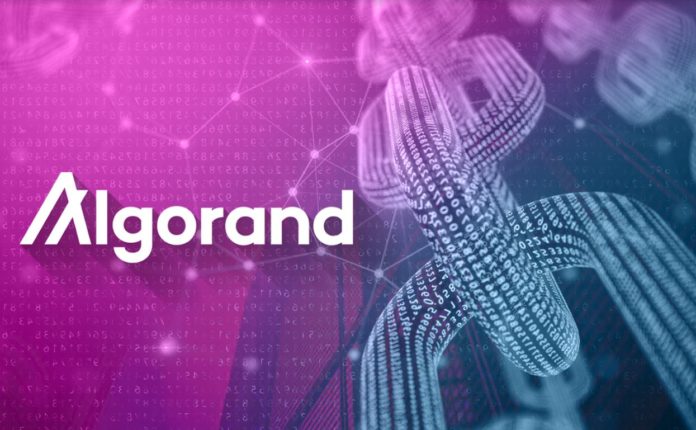
Algorand has been an ambitious layer 1 project from the get-go and made more development efforts ever since. In a recent step, the blockchain network has made first approaches towards the DeFi sector and struck a partnership with Centre to become an officially supported blockchain for USD Coin (USDC). Time for a review of the latest developments.
Performance
Due to the massive growth of DeFi, gas costs on Ethereum are going through the roof. Already, DeFi projects are looking left and right to find more scalable and yet practical alternatives to the first and leading smart contract platform. With 1000 transactions per second and 5 second block times, Algorand is absolutely up to the task of hosting transaction-heavy DeFi applications. For a simple transaction, the fees are only a fraction of one US cent.
But there is more than that. The Algorand 2.0 protocol update in late 2019 introduced smart contracts at layer 1. Their non-turing complete programming language TEAL already implemented basic smart contract logic at the base layer of the blockchain. TEAL was specifically designed to be non-turing complete in order to avoid the most smart contract design flaws that lead to critical vulnerabilities, such as recursion attacks.
Now Algorand has increased the capabilities of TEAL to make stateful smart contracts possible. This gives them the same capabilities as smart contracts on Ethereum, but with the same speed and security as simple layer 1 transactions.
Faster and easier Development
Another feature that Algorand has recently introduced is fast catchup. Thanks to this, developers don’t need to set up a full node and download the whole transaction history. Instead, they can take a snapshot of the blockchain up to a block height of their choosing and continue syncing from that point on.
This allows devs to start working immediately, without having to wait for the full blockchain to sync. They can then upgrade to a full node anytime.
Easy transfer of control
Possibly the most useful new feature of Algorand is ekeying. This allows developers and users to change the authorization to spend from a wallet or smart contract. The entity that receives authorization can be anything, from a single private key, to a multisig wallet, to a smart contract.
This comes especially handy for DeFi projects, as they may need to switch spending authorization. Take SushiSwap as an example. After its anonymous founder left the project, taking several millions from the dev fund with him, control over the dev fund was handed over to a nine person council. For that purpose, the fund had to be manually transferred to a multisig wallet. With Algorand, control over the dev fund could have been easily transferred with a simple rekeying operation. Just as easily devs can transfer the control over to a governance contract, giving their community full spending rights through a governance vote.
Conclusion
With the 2.0 protocol update, Algorand has laid the foundation to become a suitable alternative to the overcrowded Ethereum blockchain for both DeFi and non-DeFi projects. This brought many new layer 1 features such as standardized assets, atomic transactions, and smart contracts at layer 1.
Already, Algorand is hosting the biggest stablecoins Tether ($USDT) and USD Coin ($USDC), as well as the CBDC for the Marshall Islands. However, too few DeFi projects have taken notice of Algorand’s impressive capabilities. These could greatly help alleviate the most pressing pain points in DeFi, which are mostly rooted in Ethereum’s poor scalability.
Furthermore, the fast catchup feature can make life easier for developers, resulting in a faster and more innovative development process, especially for emerging DeFi projects that rely on fast and experimental development. However, the most interesting feature for DeFi is likely rekeying.
Over the course of the last months we have seen the need to transfer control over smart contracts and wallets that hold funds arise. Thanks to rekeying, it has never been easier to hand over the control of funds, completely without changing the public address.